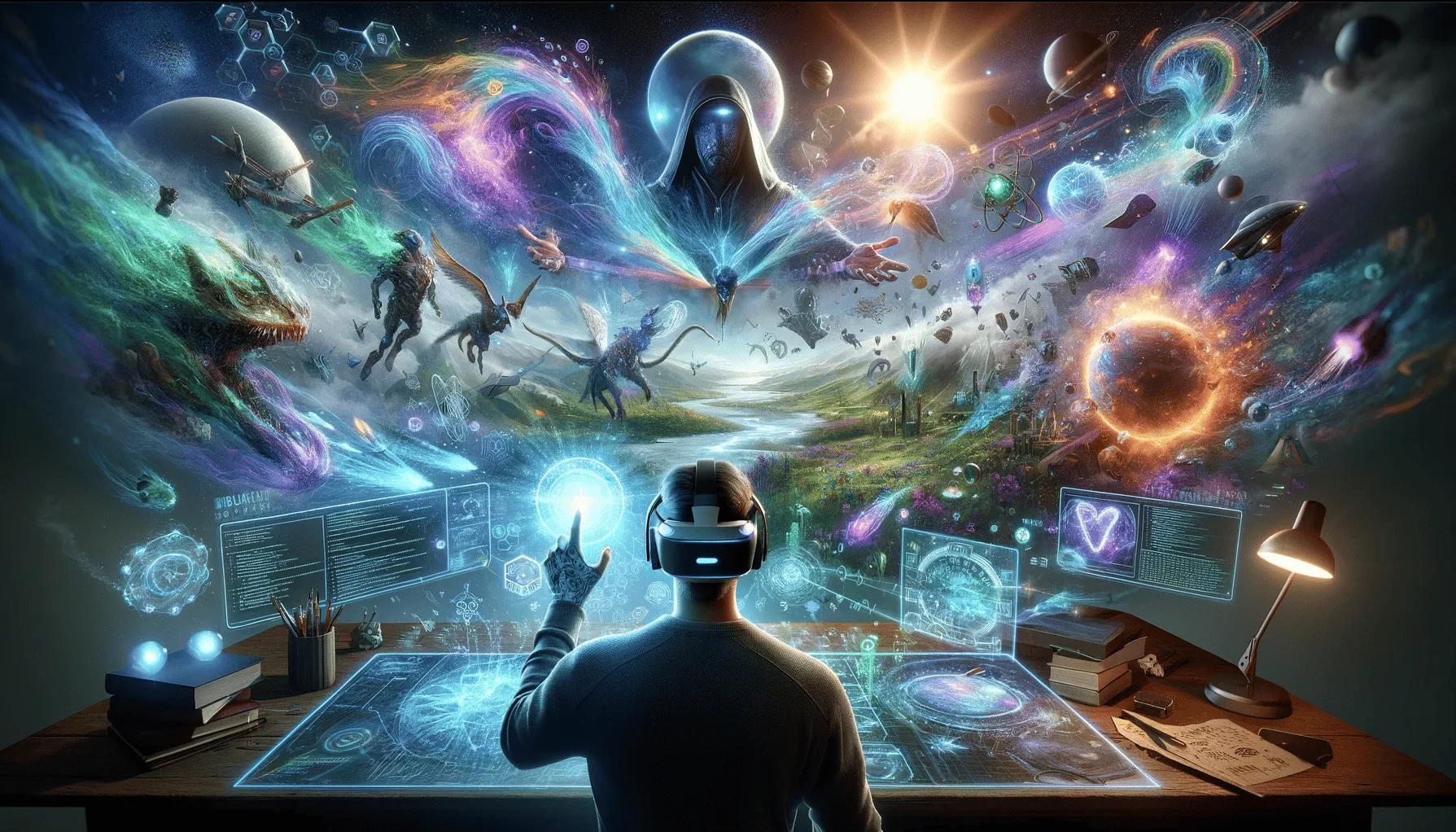In the rapidly evolving realm of artificial intelligence, DeepMind has once again pushed the boundaries with its latest innovation, Genie 2. As the successor to the original Genie, this new model introduces a leap in capability and functionality, presenting what can only be described as a revolution in generating interactive, 3D environments.
DeepMind, a subsidiary of Google renowned for its pioneering AI research, recently unveiled Genie 2, a sophisticated AI capable of crafting an “endless” variety of playable 3D worlds from mere images and text descriptions. This advanced technology not only enhances the realism and interactivity of virtual scenarios but also holds significant implications for both gaming and AI research.

A Leap into Playable 3D Worlds
Genie 2 is engineered to transform a simple image and a descriptive text—such as “A cute humanoid robot in the woods”—into a fully interactive, real-time scene. This capability is reminiscent of similar models being developed by World Labs under Fei-Fei Li and the Israeli startup, Decart. However, Genie 2 sets itself apart by offering a vast diversity of rich 3D environments where users can engage in activities like jumping and swimming, using standard input devices like a mouse and keyboard.
The technological sophistication of Genie 2 allows it to simulate complex object interactions, animations, lighting effects, physics, reflections, and even the behaviours of non-player characters (NPCs). These simulations are not only visually impressive but also exhibit a level of realism that rivals AAA video games. This resemblance may stem from the model’s training data, which includes playthroughs of popular game titles, although DeepMind maintains confidentiality on its exact data sourcing methods.

Intellectual Property Concerns and Legal Boundaries
The creation of such advanced AI models raises inevitable questions about intellectual property rights, especially considering DeepMind’s access to vast YouTube content due to its association with Google. The use of YouTube videos for training AI, as suggested by Google’s terms of service, introduces complex legal considerations, particularly whether Genie 2’s outputs might constitute unauthorized reproductions of the games it has learned from. This issue remains a contentious one, likely to be addressed in future legal challenges.

Innovation in AI-Driven Design and Research
Beyond the potential for creating engaging gaming experiences, DeepMind positions Genie 2 primarily as a research and creative tool. It is designed for prototyping interactive experiences and testing AI agents in varied scenarios. With its ability to generate consistent worlds from different perspectives, such as first-person and isometric views, and maintain the integrity of scenes temporarily out of view, Genie 2 represents a significant advancement in the field.
DeepMind emphasizes the model’s capacity for “out-of-distribution generalization,” which allows it to turn concept art and sketches into interactive environments. This feature is particularly valuable for AI researchers, enabling the creation of diverse and complex environments that can be used to challenge and evaluate AI agents beyond their training conditions.

Industry Implications and the Future of Game Development
The introduction of AI tools like Genie 2 is met with mixed feelings within the gaming industry. Recent investigations, such as one conducted by Wired, reveal that major gaming companies are increasingly relying on AI to enhance productivity and mitigate workforce reductions. While this trend can lead to efficiencies and cost savings, it also sparks concerns about the future role of human creatives in the industry.
As DeepMind continues to invest in and expand its capabilities in world model research, the implications for the gaming and entertainment industries are profound. The hiring of industry experts like Tim Brooks from OpenAI and Tim Rocktäschel from Meta underscores DeepMind’s commitment to leading innovation in video generation technologies and AI-driven simulations.
In conclusion, as Genie 2 paves the way for new forms of virtual interaction and design, it also prompts a broader discussion about the ethical and practical impacts of AI in creative industries. The balance between leveraging AI for innovation and preserving the invaluable role of human creativity remains a pivotal challenge for the future.










